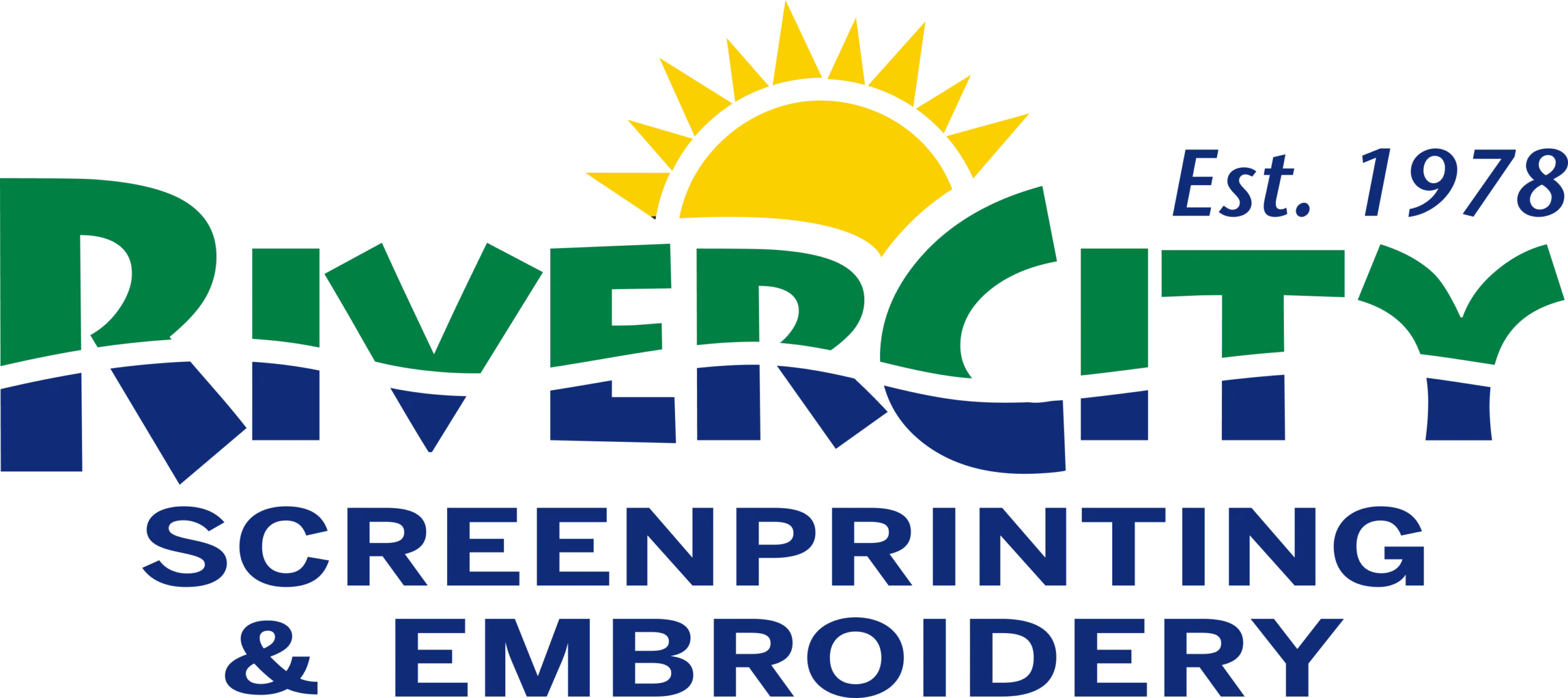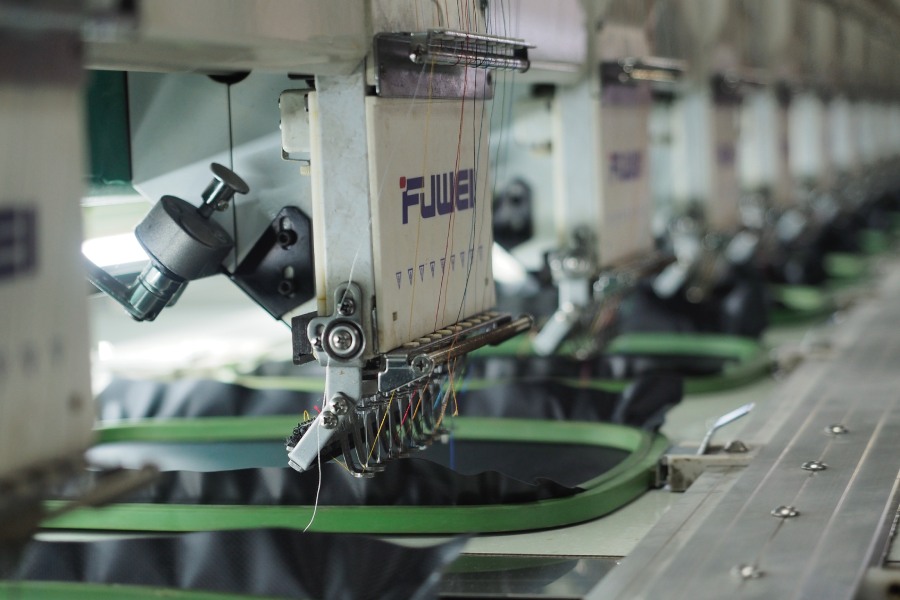Digitizing an embroidery design is a process that is done by anyone who wants to digitize their designs. The process can be applied to many embroidery areas, such as costume design, applique work, apparel work, home decorating items, and especially customized merchandise for businesses. Here we will discuss all you need to know about embroidery digitizing.
1. What is Embroidery Digitizing?
Embroidery digitizing is a process whereby the outline of an embroidery design is converted into computer-readable data. It starts with a program that prepares the embroidery machine for stitching and has access to adjust stitch widths and lengths. Software is available for download for many different operating systems (PC and Mac), which provide a range of functions, from editing designs already created on the computer to create designs from scratch.
2. How does Embroidery Digitizing work?
Most embroidery digitizing software works by using a color palette that is divided into small squares. These squares represent the colors and threads needed for creating the design. The lines representing the stitching are cast/ projected onto the item that is to be embroidered so you can visualize where each design element will be stitched down. This makes it easier to see what the final product will look like so that you can make necessary adjustments before embroidering begins.
3. What are the Benefits of Embroidery Digitizing?
The main benefit of embroidery digitizing is that it allows you to create patterns that you usually wouldn’t be able to make on your own, or even if you did, it would take a very long time. It also saves time since the embroidery design won’t have to be hand replicated over and over again, which is a timely process.
4. Embroidery File Formats for Digitizing
The embroidery files used to digitize will vary depending on the type of design you want to digitize. There are several formats in which files can be digitized, such as .jef, .jpf, .eef and .efi. The first two formats (.jef and .jpf) are used to create designs on the computer. The latter two (.eef and .efi) create designs directly embroidered onto garments or other surfaces. .jef and .jpf files are used when embroidery designs are digitally stitched into clothing or other items.
5. Embroidery Digitizing Processes
The first step is uploading your logo to the digitizing software. The application will then take the data for the artwork and digitize that into a format that can be sent to the embroidery machine’s computer. The software will then create a file that is readable by the device. The next step is fine tuning the design. After this, you turn on the device and hit the start button. The machine will then begin to stitch out the design.
Final Remarks
The embroidery digitizing process has many benefits, such as saving time and money from not having to attempt to recreate the same design on a number of different products. With this valuable tool, embroidered products can be customized for clients and sold at a more affordable rate.

